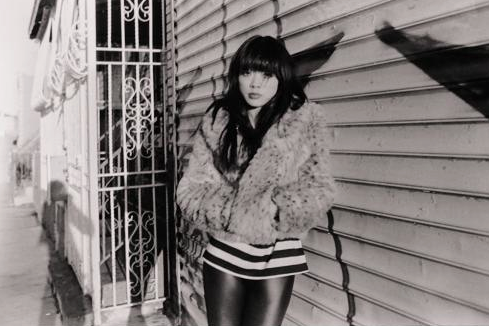
Go Forth is a series that offers a look into the publishing industry and contemporary small-press literature. See more of the series.
The Hopeful: On Selfhood, Anti-heroines and the Power of Manifesting “A Small Change”
An Interview with Tracy O’Neill
Tracy O’Neill was recently awarded The Center for Fiction’sprestigious NYC Emerging Writer fellowship.
Her debut novel The Hopeful is
forthcoming from IG Books in summer 2015. The Hopeful is at once a
lyrical confessional and an intimate coming-of-age portrait, detailing the harrowing story of a young figure skating champion who confronts the
boundaries of what is physically and psychologically possible within the conflicting
and yet overlapping realms of championship sports, personal obsession, and
addiction. What emerges is a tale of
hope, truth and resilience.
I recently had the chance to sit down with
one of Brooklyn’s exciting new voices and speak with her about the construction of her debut novel.
—Ann DeWitt
I. THE BODY AS A DIVORCED VESSEL FROM THE MIND
THE BELIEVER: I really loved the structure and voice of
the book. When I first got to
the chapter where your narrator, Alivopro, is speaking with the psychologist, it
reminded me a bit of a mathematical or psychological proof, where she’s trying
to talk to both herself and her therapist about issues of selfhood and
guilt. I thought of the
Didion book Play It As It Lays. I wondered
if you could talk about the decision in your book to work in this confessional
tone, where the main character, the kind of anti-heroine Alivopro, similar to
Didion, is speaking directly to the therapist/reader about how she might or
might not be responsible for her own undoing.
TRACY O’NEILL: One of the reasons I decided to weave this
narrative through the therapy scenes was so that this narrator could exist in two
time frames at once. When she is going
through her own moral reckoning, I wanted it to be happening in real time, whereas
the bulk of the narrative takes place in the past. I wanted there to be dialogue between those
two chronologies.
BLVR: There’s a real levity and immediacy to those passages—especially
the first time the reader encounters them—where it almost feels as
though we are being confronted with those same moral questions.
TO: Part of that decision is that if we are to only see
Ali through the main part of the narrative—the middle of the frame—she can
be a lot more grating, and so we need the therapy scenes to see how, if at all, she’s changed. I think about that...
You have reached your article limit
Sign up for a digital subscription and continue reading all new issues, plus our entire archives, for just $1.50/month.
Already a subscriber? Sign in




